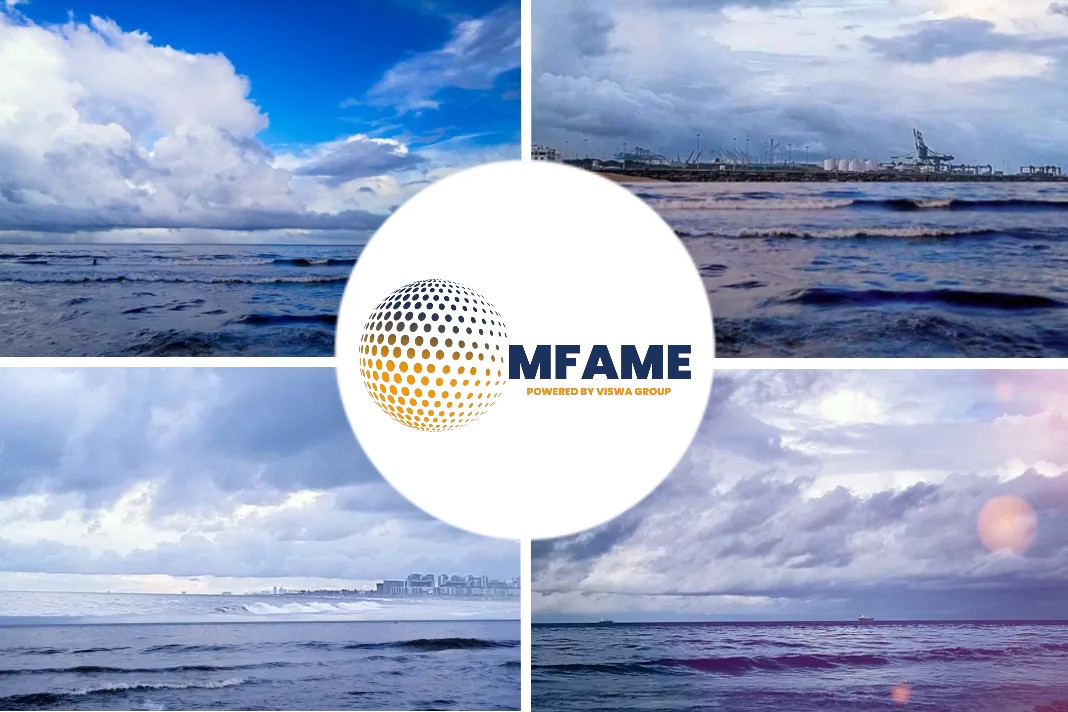Very Large Gas Carrier rates on the key Middle East-Japan route have touched near four-month highs around $79/mt this week and looked poised to surpass $80/mt for the first time since October 2015, reports Platts.
As a result more ships head to North America and Northeast Europe to lift LPG amid Saudi supply concerns and growing demand in Asia, traders said.
Spot cargo scenario
Traders commented that India’s LPG imports have been rebounding steadily since stalling over July and August, Indonesia is continuing to seek spot cargoes and demand in China is returning this week after the Golden Week holidays.
The steep discount of the FEI propane swap to the Mean of Platts Japan naphtha assessment has also spurred Taiwan’s Formosa Petrochemical to buy LPG, even though the recent strength in LPG prices narrowed the discount to $43.50/mt and could limit petrochemical sector appetite.
VLGCs come in aid
With uncertainty persisting over the resumption of Saudi Arabia’s LPG supply after the September 14 attacks on its oil facilities, interest has shifted to supply from the US, Canada, the North Sea and Australia, traders said.
This puts VLGCs on long journeys, tying up vessel numbers, they noted.
“I think Baltic will go above $80/mt soon; hearing level of last done fixture in the East is over $80/mt,” one shipping source said.
“Now open tonnage in the East for end October is limited, owners are more aggressive about freight ideas and charterers have no choice but to follow their ideas,” the source added.
Rising rates influencing fuel costs
Traders said the rising rates will increase costs in particular for end-users in Japan, Indonesia, South Korea, India and Taiwan.
“It is our concern, but there are many bull reasons; insurance, compliant oil, big exporting volumes from the US, so our view is also bullish,” one trader said.
He noted the loadings from the US surged to around 2.3 million mt/month in both September and October. “At this rate, sooner or later rates are going up to $80/mt,” the trader added.
Higher war risk insurance due to Middle East tensions and higher bunker prices ahead of the International Maritime Organization’s lowering of the sulfur limit for marine fuels to 0.5% from the current 3.5% in 2020 were also adding pressure.
Rebound from 4-month low
Rates in Asia have been rebounding steadily since hitting 18-week lows around $52/mt in early August, while freight rates on the Houston-Japan hit $125/mt Wednesday, the highest since July 1, 2016, Platts data showed.
Shipping, offshore and energy brokerage Fearnleys in its latest report said average vessel demand in 2019 and 2020 was expected to be substantially stronger than over H2 2016 to end 2018.
It forecast the Baltic index for 2020 to average “just shy of $60/mt” but noted that in today’s market, with more than 85% vessel demand, the Baltic rate should be above $60/mt, it is currently around $70/mt.
“Maybe a bit stronger today due to the wide arb. Historically, Baltic figures above $40 should yield an above breakeven day rate for owners,” Fearnleys said in the report.
It counted 280 VLGCs currently on the water worldwide; 258 for trading and the rest used for storage.
“The allocation of free vessels in the West by owners/traders contribute to tightness of positions in the East,” a shipping source said
“The reason why owners send their fleet to the West is varied, such as the attacks in Saudi Arabia that led to higher war risk premiums, and the arbitrage situation,” the source added.
Did you subscribe to our daily newsletter?
It’s Free! Click here to Subscribe!
Source: Platts

























